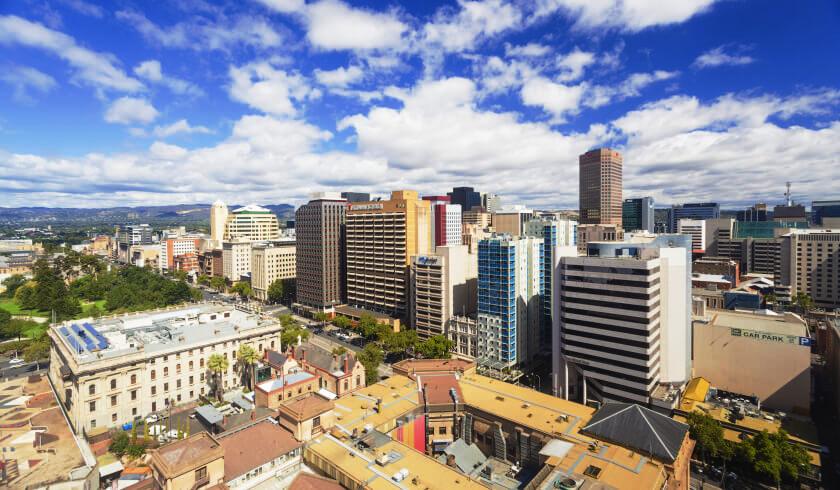The 5 Australian capitals set for a rental hike in 2021
Falling migration numbers are unlikely to offset tight rental supplies, and shifting consumer preferences is likely to see five of the eight capital cities see an increase in rental prices, new research has shown.

Propertyology has uncovered data which concludes that, as at the end of October 2020, there were a combined 53,525 dwellings advertised for rent for Sydney and Melbourne combined population of 10.5 million people.
The remaining 15.1 million Australians are competing in bidding wars for just 20,696 dwellings in the other six capital cities and the increasingly popular regional wonders.
Propertyology’s head of research, Simon Pressley, told nestegg that such tight supply numbers will see yields rise, with renters likely needing to find an extra $2,000 to $5,000 a year to secure a standard property over the next few years.
The capital city markets most likely to be impacted are Hobart, Adelaide, Perth, Darwin and Canberra, which all have vacancy rates under 1 per cent.
“Hobart still maintains its five-year mantle of having the tightest capital city rental market in Australia. Without spending a cent on renovations for my own Hobart property, the rent has increased from $340 to $500 per week ($8,300pa) over the five years ending 2019,” said Mr Pressley.
The researcher points out that similar tight rental supply is also likely to see price hikes in other major capital areas.
“Ten per cent growth in median house rents is not out of the question for Perth and Canberra in 2021. Hobart and Adelaide will not be far behind,” Mr Pressley continued.
He also pointed out Darwin vacancy rate has fallen sharply from 2.7 percent in March to 0.7 percent in October.
“However, we suspect much of the absorption has come from short-term COVID escapees. Time will tell where it ends up when the dust settles,” said Mr Pressley.
Australia’s two largest cities, Sydney and Melbourne, are likely to buck the trend, with properties being available to rent.
“Sydney reached a record-high vacancy rate six months before COVID-19. Melbourne’s current record-high vacancy rate is directly related to its four-month lockdown,” Mr Pressley said.
“Brisbane’s 2 per cent vacancy is balanced with signs of tightening.”
Regional towns set to follow
Mr Pressley pointed out the strong rental shortage does not stop in the capital cities, as a better than expected performance on the health front is leading to a stronger regional economy.
“Most regions have stronger economies today than pre-COVID, whereas the only capital city that can lay that claim is Canberra. From February to November, job advertisements had declined by 17 percent in the combined capital cities, while they had increased by a whopping 42 percent in the combined regions,” Mr Pressley noted.
This is leading to rental pressures in almost every big, medium-size and small regional location, which have never been more intense in Australia’s history than right now.
While a small portion of this is attributed to COVID, the reality is that housing supply was already tight for a couple of years.
“Regions like Noosa, Launceston, Yeppoon, Orange, Kingscliff, Mackay and Yamba have already seen circa 25 percent increase in rents over the last few years,” the researcher told nestegg.
“It’s near on impossible to find a rental property at the moment in locations like Bendigo, Ballina, Warrnambool, Toowoomba, Busselton, Maroochydore, Port Macquarie, Bundaberg, Burnie and Castlemaine,” Mr Pressley concluded.
